-
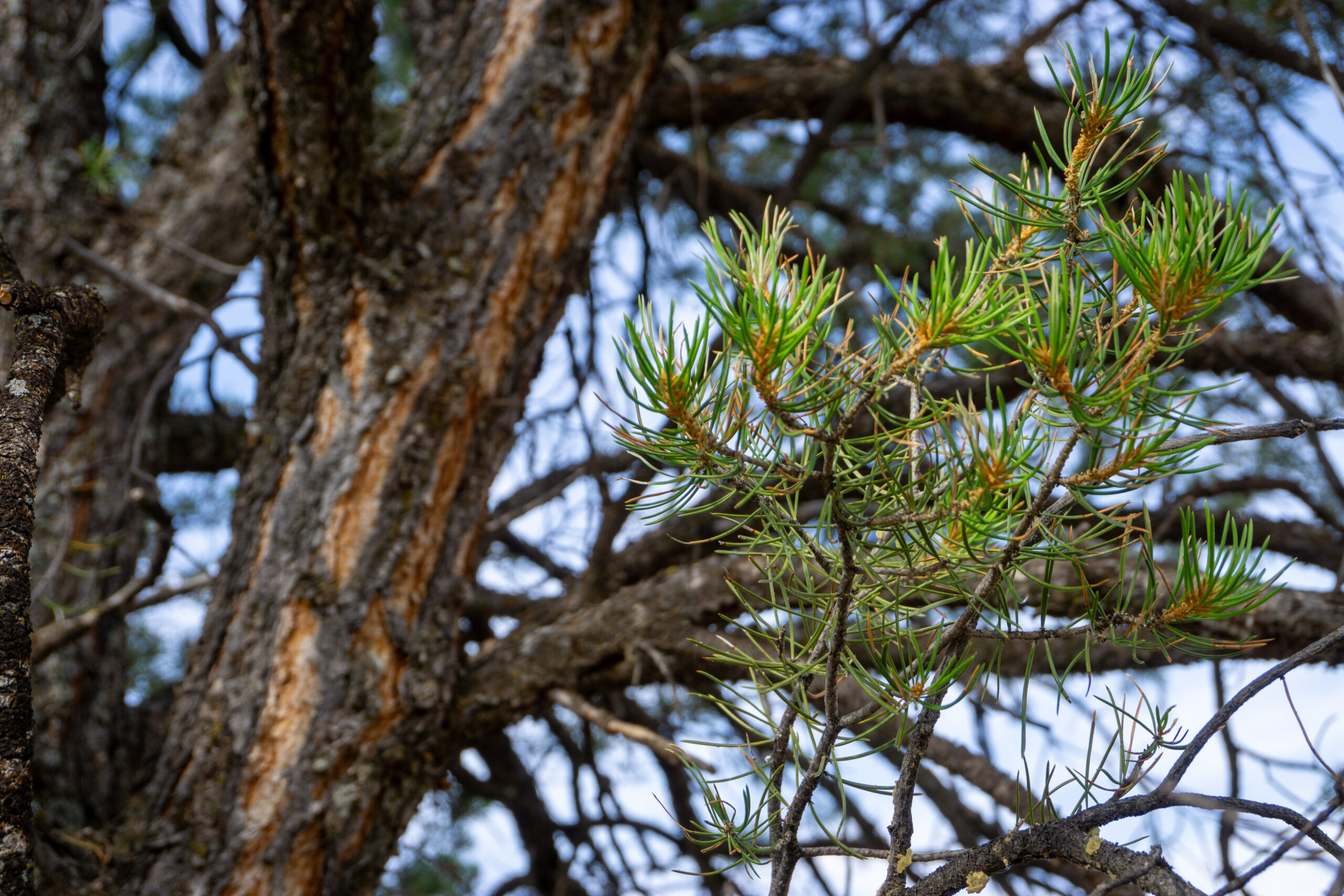
·
Helping Woodlands & Fighting Fire with the Dawson Project
The Dawson Project tests pinyon-juniper woodland silvicultural treatments in southwest Colorado In Southwest Colorado, fuels specialists and researchers have come together to experimentally evaluate different silvicultural treatments for enhancing pinyon-juniper ecosystem health and reducing fire risk. This interdisciplinary team has implemented replicated silvicultural treatments that vary in spatial complexity and amount of thinning in pinyon-juniper…
-
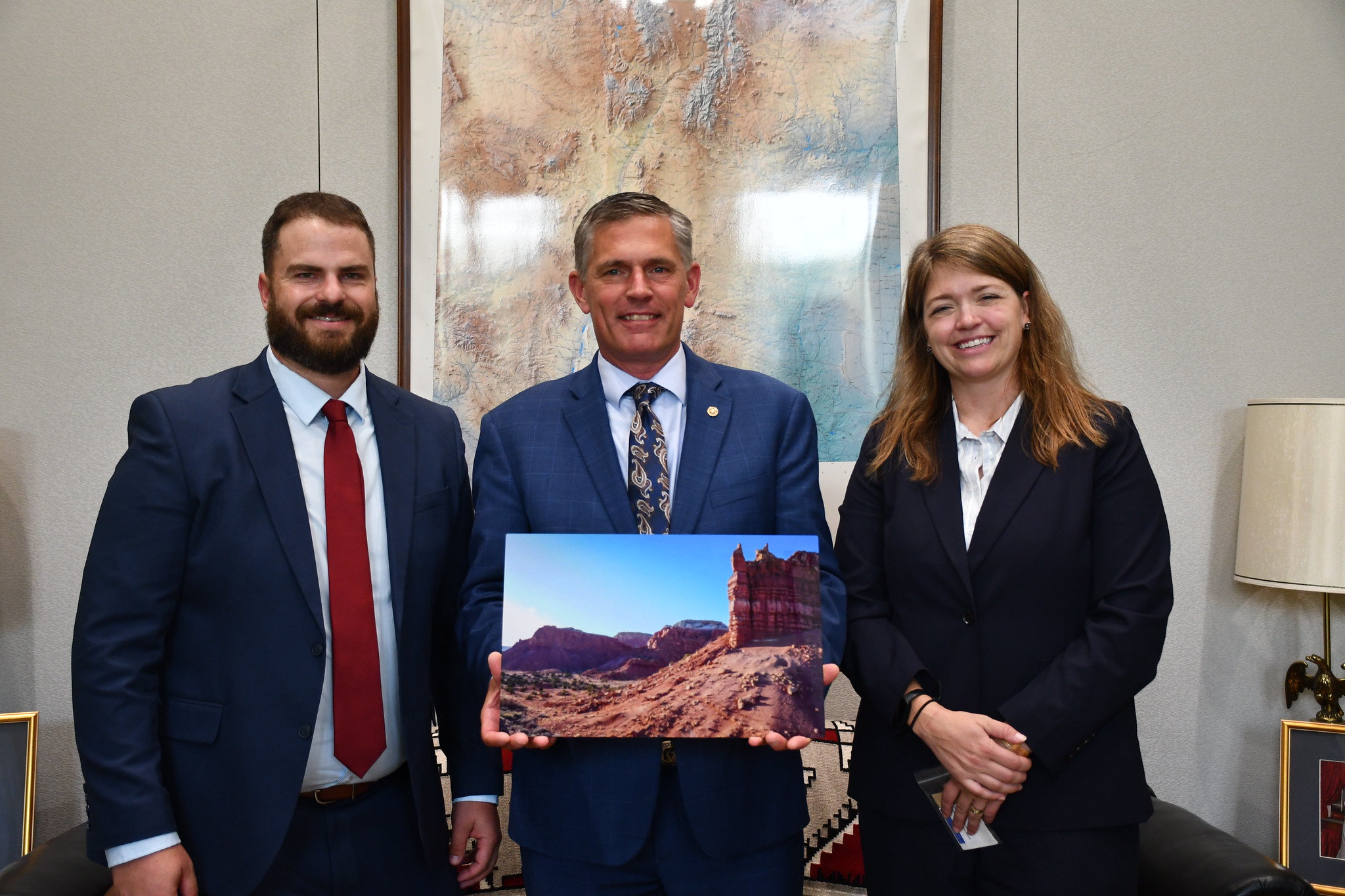
·
Here are the Recipients of the IWJV 2024 Conservation Partner Awards
Each year, the Intermountain West Joint Venture recognizes individuals and organizations who are doing excellent habitat conservation work around the region. The following awards were presented at the IWJV fall 2025 management board meeting. For a list of past award winners, click here. Congressman Mike simpson, Idaho Conservation Policy Champion Award presented by the IWJV’s…
-
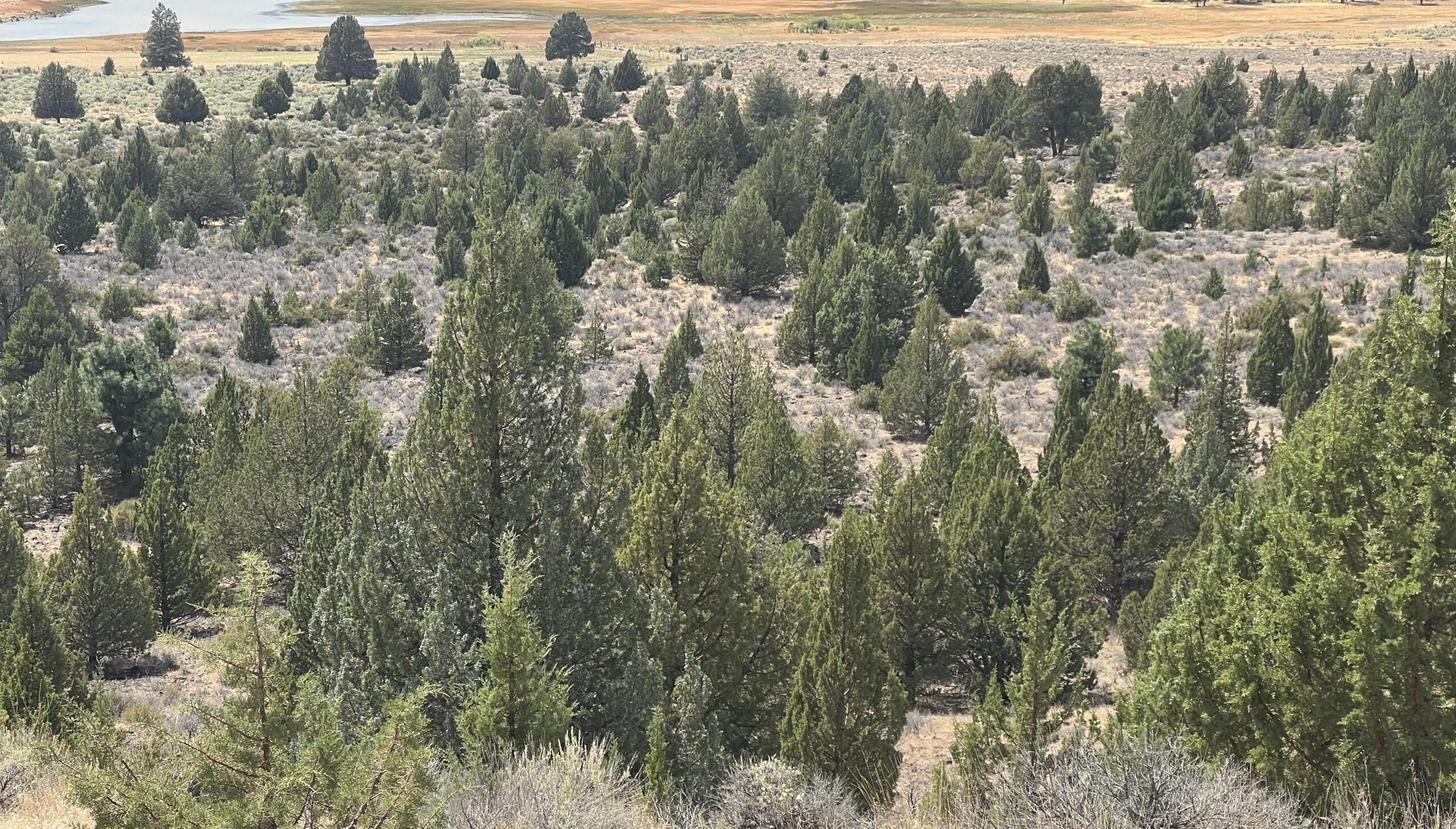
·
The Sagebrush Tells the Story
Field Notes The Sagebrush Tells the Story By Sarah Leal, Susanville Rangeland Conservationist Sarah Leal is a Rangeland Conservationist in Susanville, California and a member of the IWJV’s Wetlands Capacity Team. She assists the Natural Resources Conservation Service in establishing conservation plans on farms, ranches, and other private lands to enhance soil, water, plants, wildlife…
-
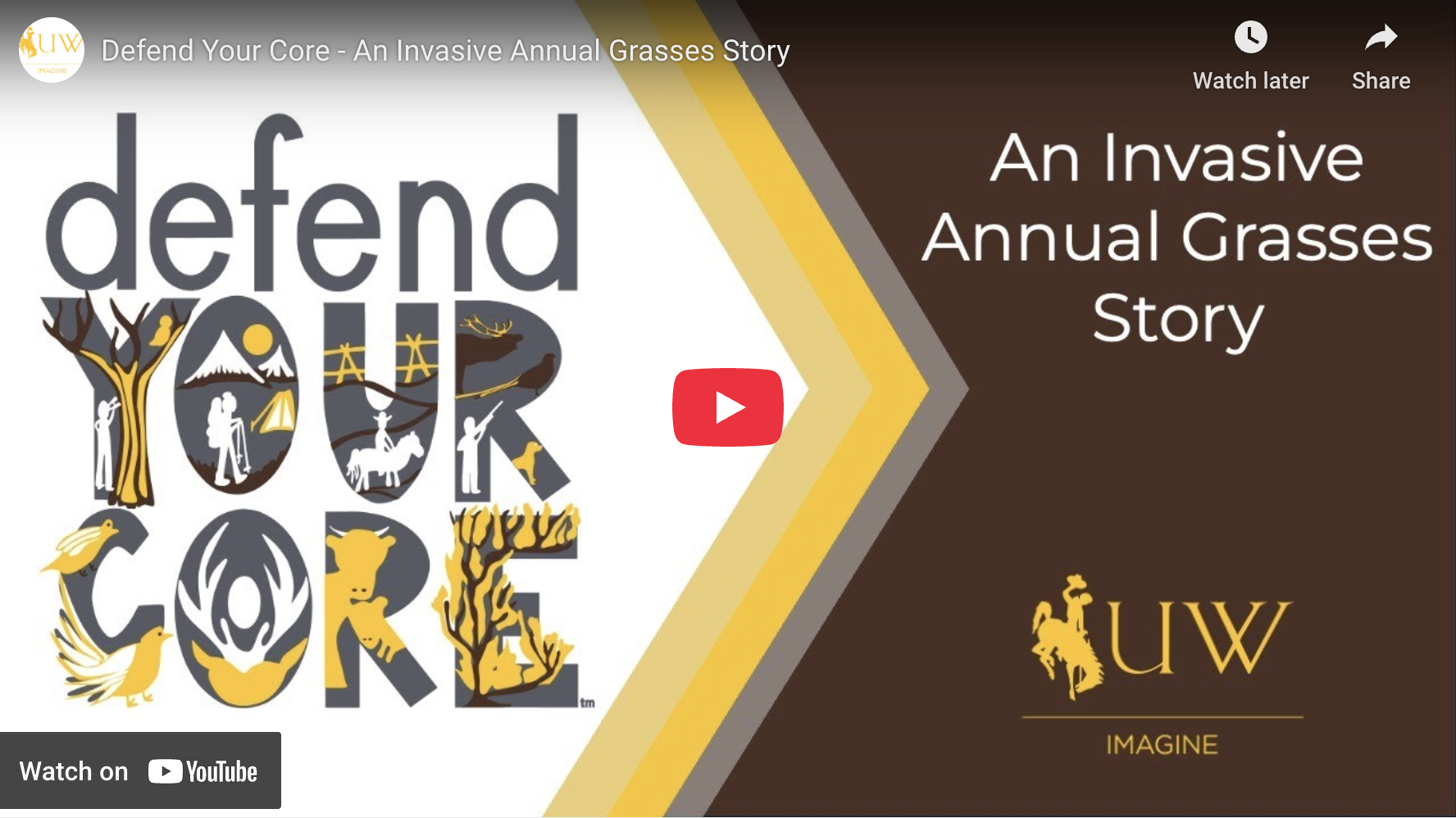
·
Defend YOUR Core: An Invasive Annual Grasses Story
Imagine a landscape that is completely dominated by cheatgrass. Instead of native grasses, wildflowers, sagebrush, and the call of songbirds, picture a monoculture of dried non-native grasses, mostly devoid of life and ready to ignite from the smallest spark. If we do not act, this could be the future of much of our western rangelands.…
-
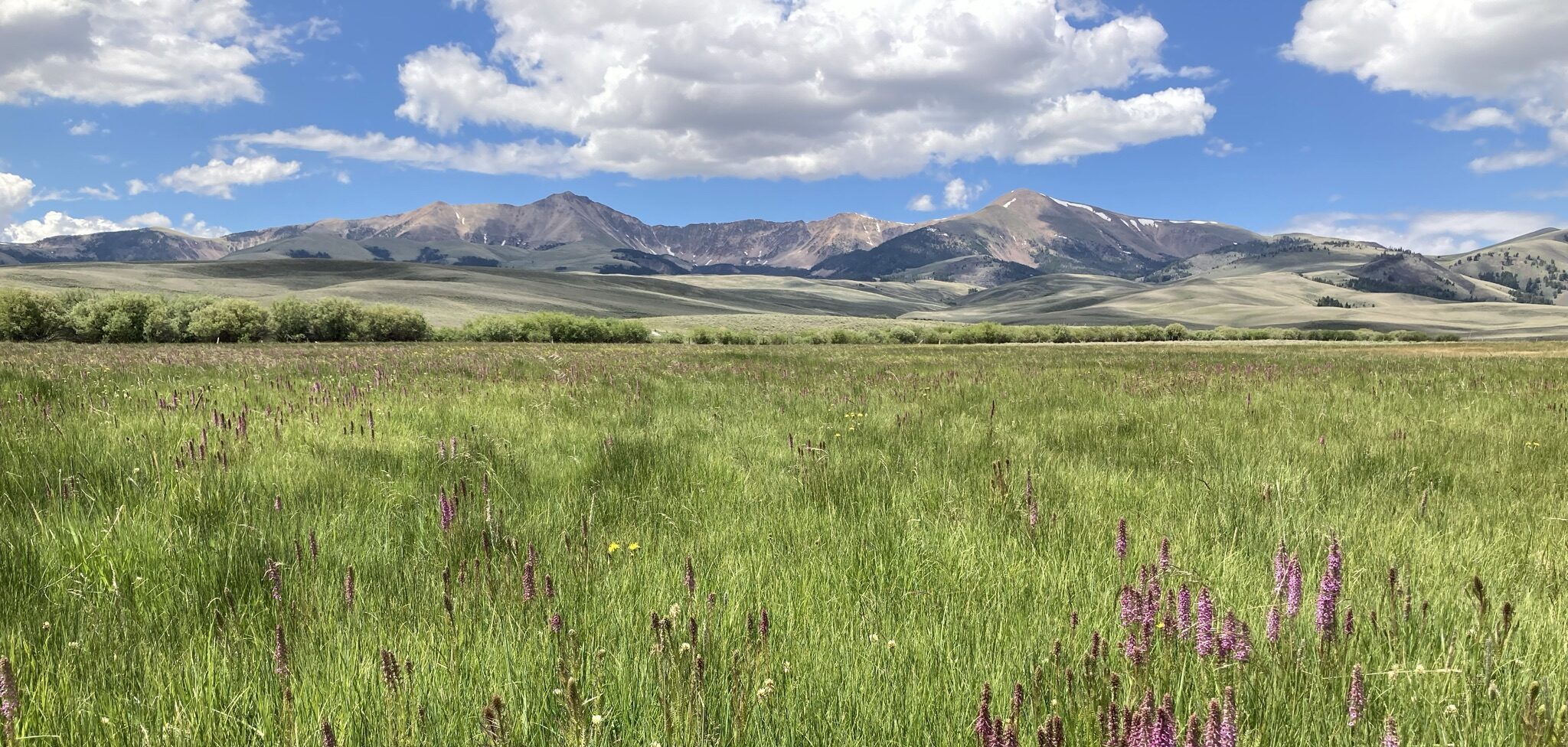
·
IWJV’s Conservation Approaches
Our Vision: An Intermountain West where people, birds, and other wildlife thrive. The IWJV philosophy can simply be described as a deep recognition that people are fundamental to the story of conservation in the West. People dedicated to working lands, both public and private, compose a huge part of our organizational landscape and are core to…
-
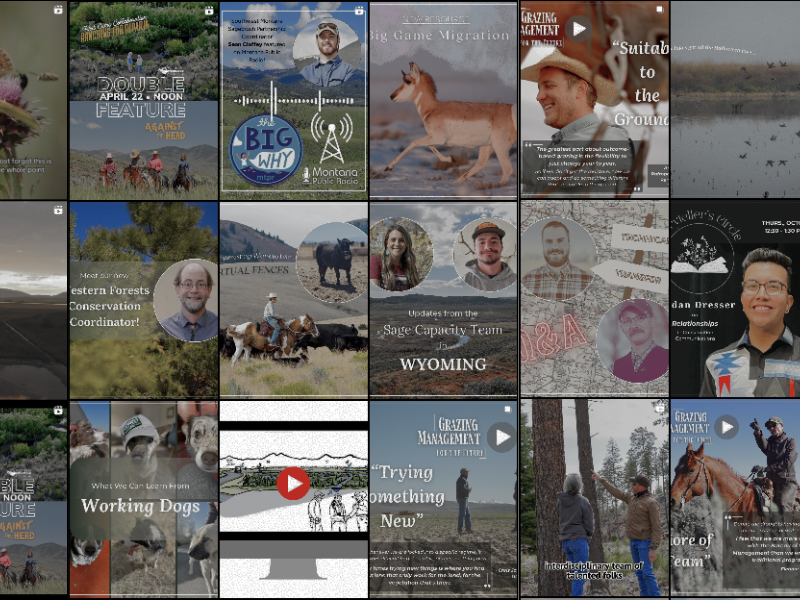
·
Social Media in Conservation: A Good Thing, Maybe
By Megan McGrath – IWJV Sagebrush Communications Specialist When you work in conservation, social media can honestly seem a little silly. In our jobs and in our personal interests, we talk all day with people who supervise ecological indicators like the health of plants and streams. In an increasingly digital age, we are blessedly immersed…
-
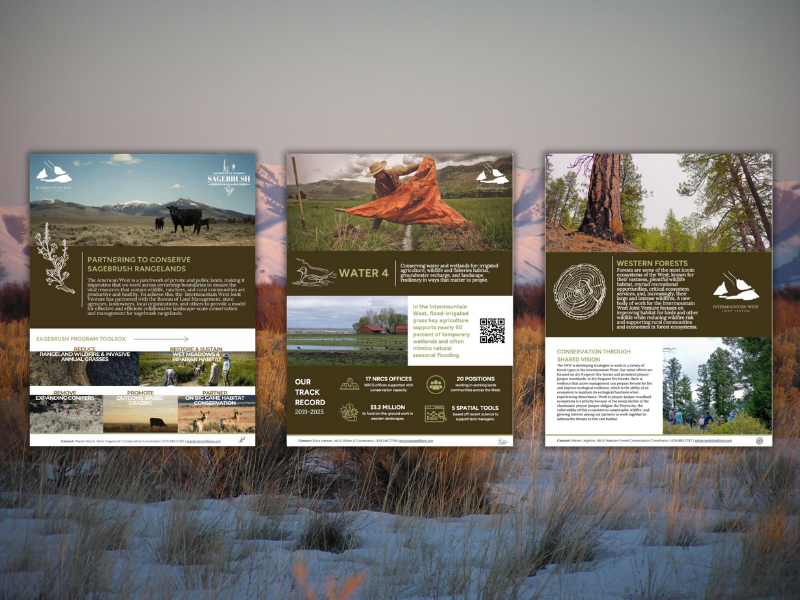
·
2025 IWJV Fact Sheets
2025 IWJV Fact Sheets The IWJV Fact Sheets provide an overview of the IWJV’s landscape-focused programs we work on in the West. They showcase the three priority habitats, highlight some key components that make each program successful in collaborative conservation, and provide a snapshot of the programs’ achievements from working with our dedicated partners to…
-
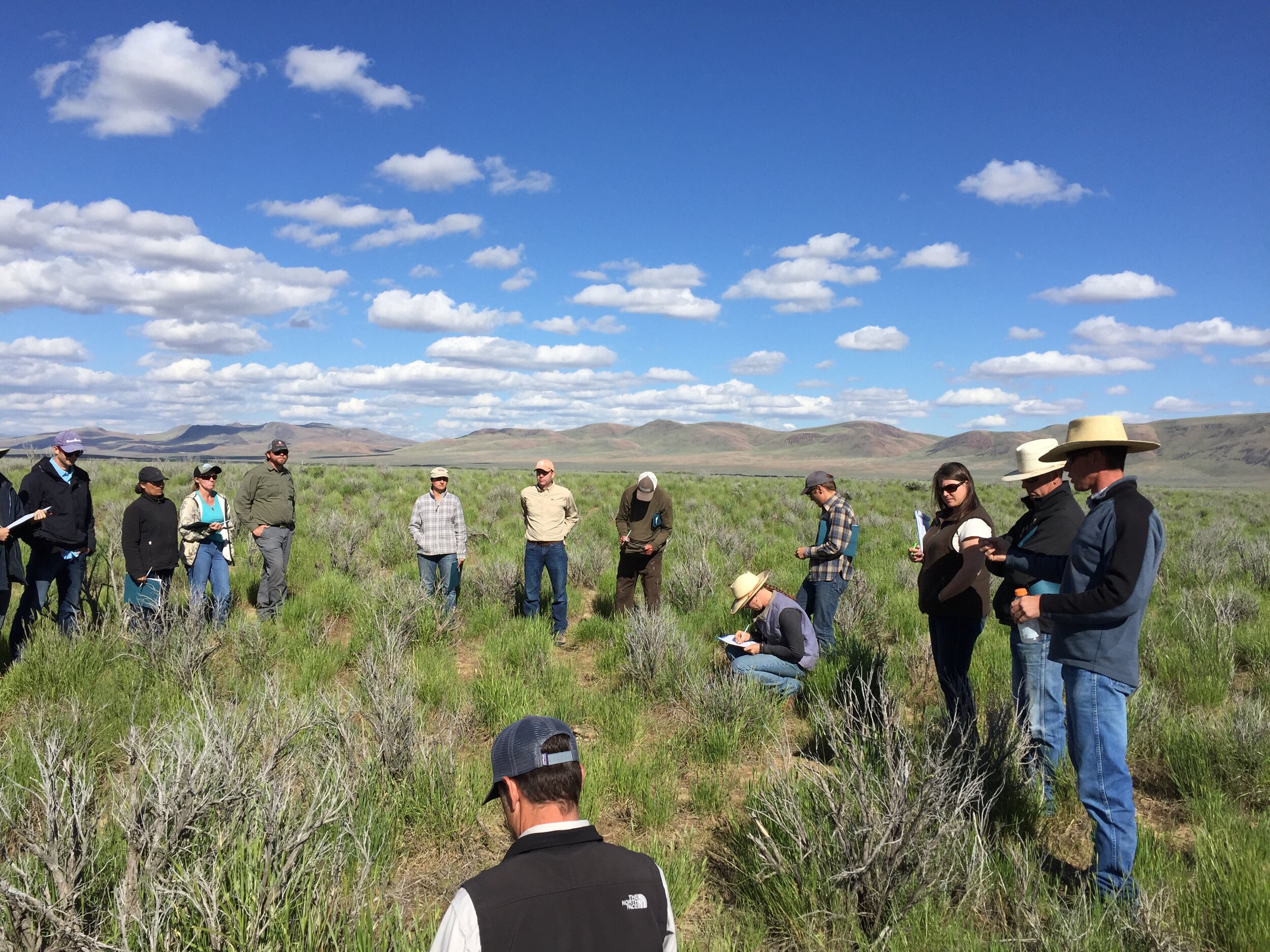
·
Welcome to the Sagebrush Technical Transfer Network
Building the Practice of Technical Transfer By Mariah McIntosh, IWJV Science to Implementation Specialist As IWJV’s Science to Implementation Specialist, I’m excited to share an effort we developed in partnership with the Institute for Natural Resources to help people develop skills for bridging science and management: The Sagebrush Technical Transfer Network. For an early-career tech…
-
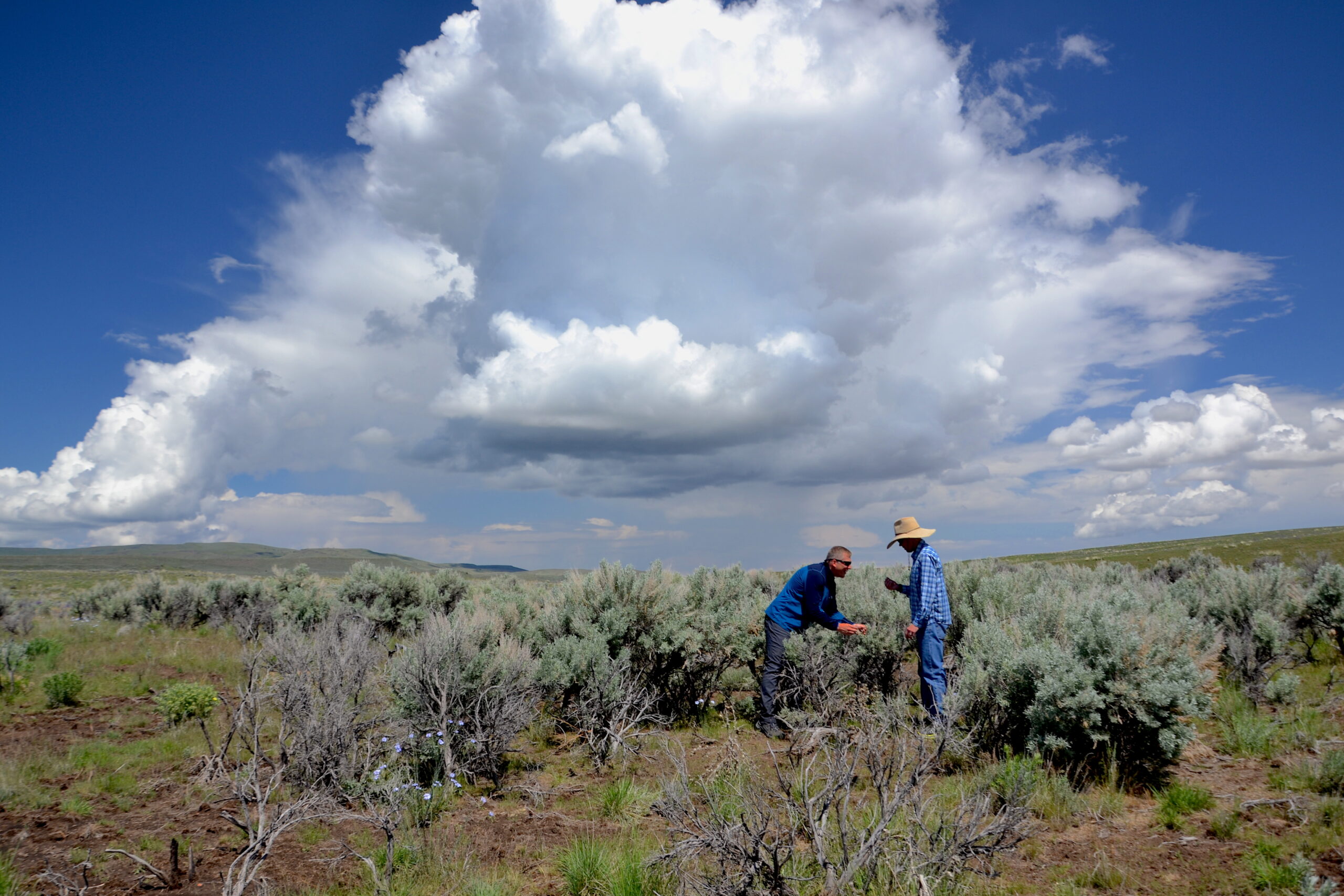
·
Patrick Donnelly’s Greatest Hits at the IWJV
Patrick Donnelly’s Greatest Hits at the IWJV Hired in 2011, Patrick Donnelly was one of the first few employees that Coordinator Dave Smith hired at the Intermountain West Joint Venture. At the time, spatial analysis of landscape change was still an emerging technology due to new access to satellite imagery. Thinking back across the past…
-
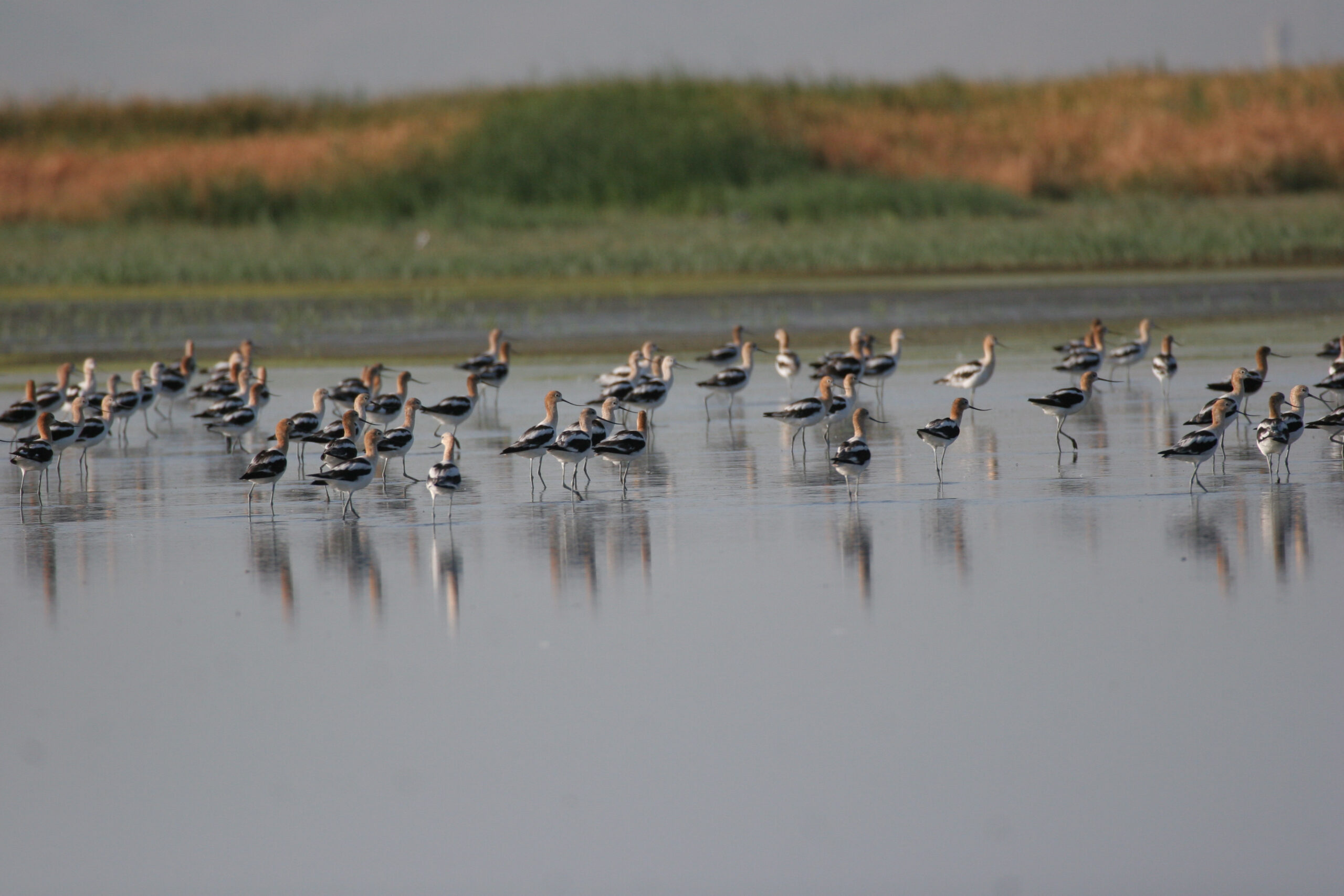
·
Going, going, gone: Landscape drying reduces wetland function across the American West
Q&A Going, going, gone: Landscape drying reduces wetland function across the American West Q&A with Lead Author Patrick Donnelly In a paper published in the journal Ecological Indicators, IWJV and partner scientists take a regional look at a drying trend that is impairing wetland habitat across the West. Lead author and former IWJV Spatial Ecologist…
Region: Intermountain West Region
-

·
2025 IWJV Fact Sheets
2025 IWJV Fact Sheets The IWJV Fact Sheets provide an overview of the IWJV’s landscape-focused programs we work on in the West. They showcase the three priority habitats, highlight some key components that make each program successful in collaborative conservation, and provide a snapshot of the programs’ achievements from working with our dedicated partners to…